Audi 2014 Annual Report Download - page 181
Download and view the complete annual report
Please find page 181 of the 2014 Audi annual report below. You can navigate through the pages in the report by either clicking on the pages listed below, or by using the keyword search tool below to find specific information within the annual report.-
 1
1 -
 2
2 -
 3
3 -
 4
4 -
 5
5 -
 6
6 -
 7
7 -
 8
8 -
 9
9 -
 10
10 -
 11
11 -
 12
12 -
 13
13 -
 14
14 -
 15
15 -
 16
16 -
 17
17 -
 18
18 -
 19
19 -
 20
20 -
 21
21 -
 22
22 -
 23
23 -
 24
24 -
 25
25 -
 26
26 -
 27
27 -
 28
28 -
 29
29 -
 30
30 -
 31
31 -
 32
32 -
 33
33 -
 34
34 -
 35
35 -
 36
36 -
 37
37 -
 38
38 -
 39
39 -
 40
40 -
 41
41 -
 42
42 -
 43
43 -
 44
44 -
 45
45 -
 46
46 -
 47
47 -
 48
48 -
 49
49 -
 50
50 -
 51
51 -
 52
52 -
 53
53 -
 54
54 -
 55
55 -
 56
56 -
 57
57 -
 58
58 -
 59
59 -
 60
60 -
 61
61 -
 62
62 -
 63
63 -
 64
64 -
 65
65 -
 66
66 -
 67
67 -
 68
68 -
 69
69 -
 70
70 -
 71
71 -
 72
72 -
 73
73 -
 74
74 -
 75
75 -
 76
76 -
 77
77 -
 78
78 -
 79
79 -
 80
80 -
 81
81 -
 82
82 -
 83
83 -
 84
84 -
 85
85 -
 86
86 -
 87
87 -
 88
88 -
 89
89 -
 90
90 -
 91
91 -
 92
92 -
 93
93 -
 94
94 -
 95
95 -
 96
96 -
 97
97 -
 98
98 -
 99
99 -
 100
100 -
 101
101 -
 102
102 -
 103
103 -
 104
104 -
 105
105 -
 106
106 -
 107
107 -
 108
108 -
 109
109 -
 110
110 -
 111
111 -
 112
112 -
 113
113 -
 114
114 -
 115
115 -
 116
116 -
 117
117 -
 118
118 -
 119
119 -
 120
120 -
 121
121 -
 122
122 -
 123
123 -
 124
124 -
 125
125 -
 126
126 -
 127
127 -
 128
128 -
 129
129 -
 130
130 -
 131
131 -
 132
132 -
 133
133 -
 134
134 -
 135
135 -
 136
136 -
 137
137 -
 138
138 -
 139
139 -
 140
140 -
 141
141 -
 142
142 -
 143
143 -
 144
144 -
 145
145 -
 146
146 -
 147
147 -
 148
148 -
 149
149 -
 150
150 -
 151
151 -
 152
152 -
 153
153 -
 154
154 -
 155
155 -
 156
156 -
 157
157 -
 158
158 -
 159
159 -
 160
160 -
 161
161 -
 162
162 -
 163
163 -
 164
164 -
 165
165 -
 166
166 -
 167
167 -
 168
168 -
 169
169 -
 170
170 -
 171
171 -
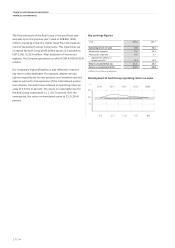 172
172 -
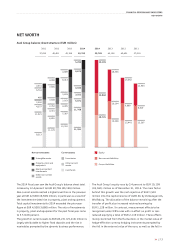 173
173 -
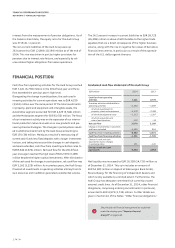 174
174 -
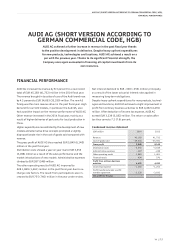 175
175 -
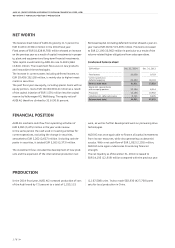 176
176 -
 177
177 -
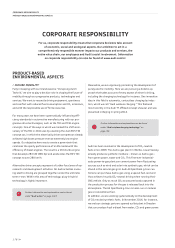 178
178 -
 179
179 -
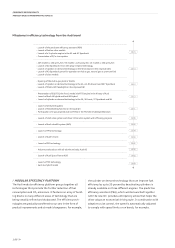 180
180 -
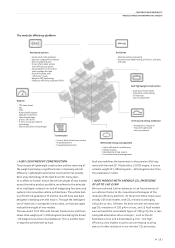 181
181 -
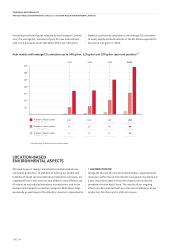 182
182 -
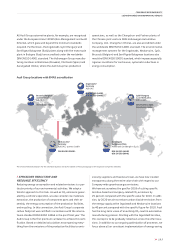 183
183 -
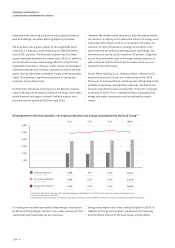 184
184 -
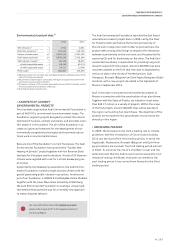 185
185 -
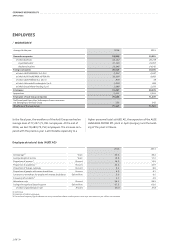 186
186 -
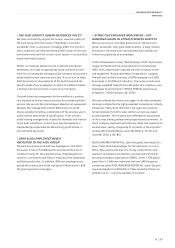 187
187 -
 188
188 -
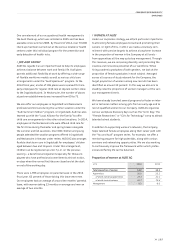 189
189 -
 190
190 -
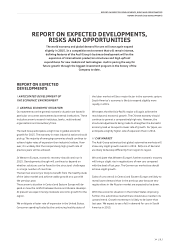 191
191 -
 192
192 -
 193
193 -
 194
194 -
 195
195 -
 196
196 -
 197
197 -
 198
198 -
 199
199 -
 200
200 -
 201
201 -
 202
202 -
 203
203 -
 204
204 -
 205
205 -
 206
206 -
 207
207 -
 208
208 -
 209
209 -
 210
210 -
 211
211 -
 212
212 -
 213
213 -
 214
214 -
 215
215 -
 216
216 -
 217
217 -
 218
218 -
 219
219 -
 220
220 -
 221
221 -
 222
222 -
 223
223 -
 224
224 -
 225
225 -
 226
226 -
 227
227 -
 228
228 -
 229
229 -
 230
230 -
 231
231 -
 232
232 -
 233
233 -
 234
234 -
 235
235 -
 236
236 -
 237
237 -
 238
238 -
 239
239 -
 240
240 -
 241
241 -
 242
242 -
 243
243 -
 244
244 -
 245
245 -
 246
246 -
 247
247 -
 248
248 -
 249
249 -
 250
250 -
 251
251 -
 252
252 -
 253
253 -
 254
254 -
 255
255 -
 256
256 -
 257
257 -
 258
258 -
 259
259 -
 260
260 -
 261
261 -
 262
262 -
 263
263 -
 264
264 -
 265
265 -
 266
266 -
 267
267 -
 268
268 -
 269
269 -
 270
270 -
 271
271 -
 272
272 -
 273
273 -
 274
274 -
 275
275 -
 276
276 -
 277
277 -
 278
278 -
 279
279 -
 280
280 -
 281
281 -
 282
282 -
 283
283 -
 284
284 -
 285
285 -
 286
286 -
 287
287 -
 288
288 -
 289
289 -
 290
290 -
 291
291 -
 292
292 -
 293
293 -
 294
294
 |
 |

CORPORATE RESPONSIBILITY
PRODUCT-BASED ENVIRONMENTAL ASPECTS
>>
181
The modular efficiency platform
/
AUDI LIGHTWEIGHT CONSTRUCTION
The principle of lightweight construction and the reversing of
the weight spiral play a significant role in improving vehicle
efficiency. Lightweight automotive construction has already
been a key technology of the Audi brand for many years.
In an effort to further reduce the vehicle weight of new models
across the entire product portfolio, we adhere to the principle
of an intelligent material mix and of integrating functions and
systems into innovative vehicle architectures. The vehicle bod-
ies of the third-generation TT and the new Q7 have also been
designed in keeping with this maxim. Through the intelligent
use of materials in composite construction, we have yet again
reduced the weight of new models.
The new Audi TT 2.0 TFSI with manual transmission and front-
wheel drive weighs just 1,230 kilograms (excluding the driver)
–50 kilograms less than its predecessor. This is another best-
in-segment achievement by Audi.
Audi also redefines the benchmark in the premium SUV seg-
ment with the new Q7. Fitted with a 3.0 TDI engine, it has an
unladen weight of 1,995 kilograms –325 kilograms less than
the predecessor model.
/
AUDI MODELS WITH AVERAGE COĊ EMISSIONS
OF UP TO 140 G/KM
We have achieved further advances in the fuel economy of
our vehicles thanks to the innovative technologies of the
modular efficiency platform. At the end of 2014, there were
already 205 Audi models with CO
2
emissions averaging
140 g/km or less. Of these, 94 drive versions achieved aver-
age CO
2
emissions of 120 g/km or less, and 15 Audi models
even achieved the remarkable figure of 100 g CO
2
/km or less.
Alongside alternative drive concepts – such as the A3
Sportback e-tron and A3 Sportback g-tron – the high-
efficiency ultra models in particular are helping to bring
about a further reduction in our vehicles’ CO
2
emissions.
Transmission
>S tronic dual-clutch transmission
>8-speed tiptronic
>Freewheeling function
Networked energy management
>Highly efficient air conditioning
>Energy recovery
>Extended start-stop system
>Innovative thermal management
Assistance systems
>Economical route guidance
>Dynamic congestion avoidance
>Gear-change indicator
>Driver information system
with efficiency program
>Audi adaptive cruise control
with stop&go function
>Audi drive select with
“efficiency” mode
>Adaptive LED technology
>Predictive efficiency assistant (PEA)
Engines
>TDI clean diesel
>FSI
>TFSI
>Audi valvelift system
>Cylinder on demand
>Hybrid technology
>g-tron; CNG drive
>e-tron; e.g. plug-in hybrid
technology
>Electrically driven turbocharger
Ancillaries
>Electromechanical steering
>Demand-controlled heating of mirrors, windows
and seats
Audi lightweight construction
>Audi Space Frame (ASF)
>Innovative combinations
of materials
>Use of carbon fiber
Driving and rolling resistance
>Aerodynamic measures
>Tires with optimized
rolling resistance
